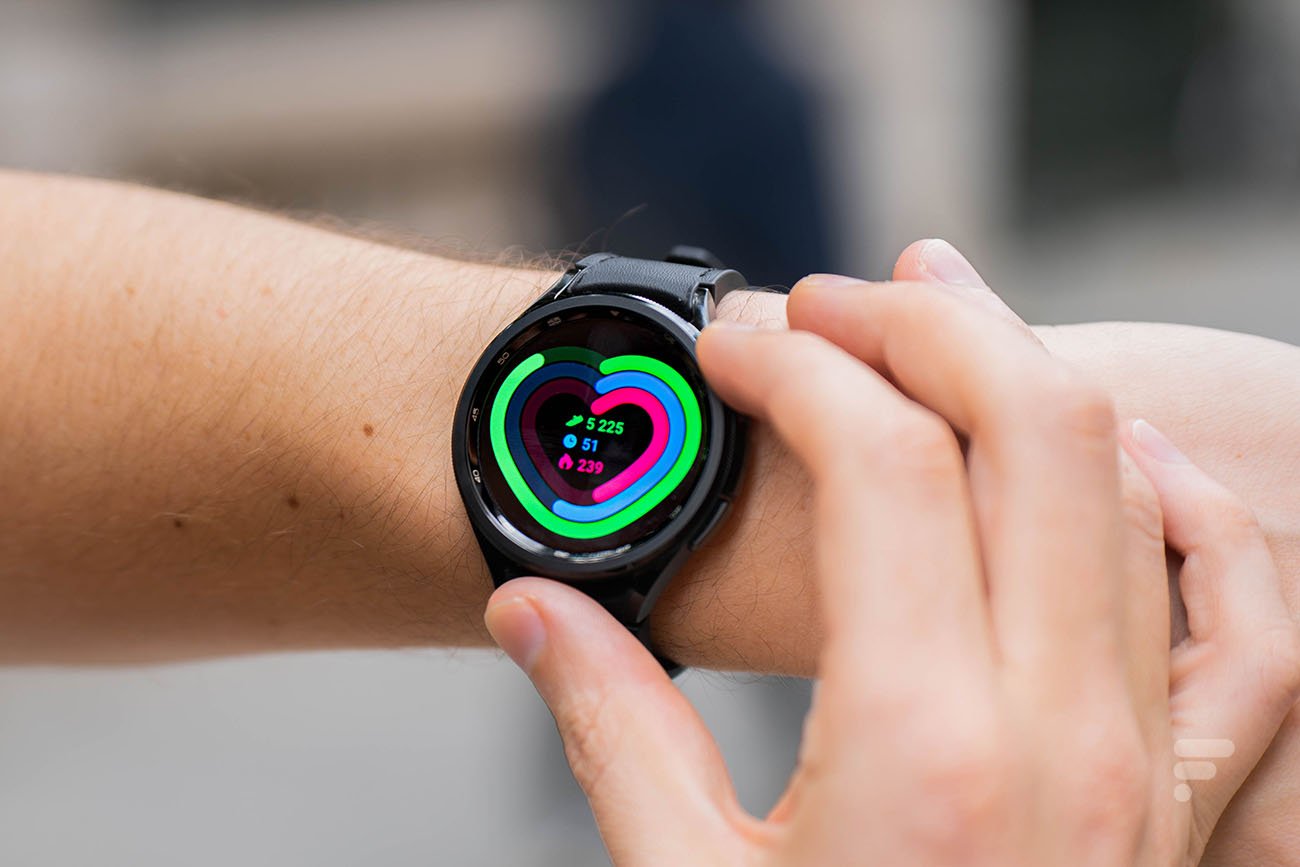We often hear that the WHO recommends taking 10,000 steps per day to be in good health. But where does this figure come from and does it really have a scientific basis? We take stock.
Over the past ten years, this is a value that we read or hear more and more often: to be in good health, you should walk at least 10,000 steps per day. Very often, this peremptory assertion is accompanied by an authoritative argument: it would be a recommendation from the WHO, the World Health Organization.
This value of 10,000 steps per day has so penetrated the collective unconscious that it now serves as the basis for many connected watches and bracelets, or for fitness or running applications on smartphones. Fitbit, Withings, Apple, Huawei or Samsung, all now display their equivalent of the fitness circle to complete, in particular by exceeding the famous 10,000 steps per day.
But does this value have a real origin and is it scientifically supported? Not really.
A number of steps per day that does not come from the WHO, but… from a pedometer manufacturer
Contrary to what has long been believed, 10,000 steps per day are not a recommendation from the WHO, but from a pedometer manufacturer.
In July 2019, the Washington Post returned in an investigation into its Japanese origin in 1965, after the success of the Tokyo Olympic Games in 1964. The American daily then explained that the Japanese watchmaker Yamasa Tokei Keiki had commercially launched one of the first pedometers for the general public, including the name — Manpo-kei — could be translated as “10,000 (man) not (po) metre (kei ) “, Or “10,000 step counter“.

We were still far from the LCD or Oled screens that we now find on connected watches and bracelets and, to display the number of steps taken, the Manpo-kei displayed a dial with two hands and a graduation from 0 to 10,000 steps . For the needle to then go around the dial, the user had to manage to walk 10,000 steps during the day.
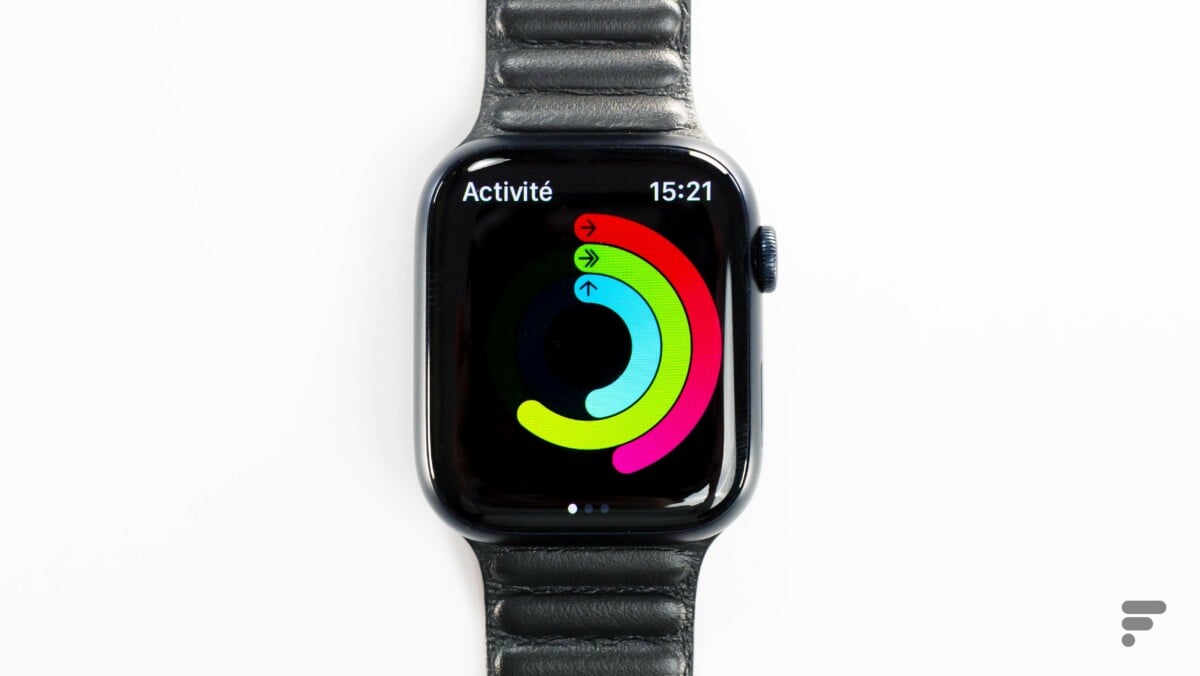
Since then, this value of 10,000 steps per day has been taken up by many brands and has become a goal to achieve in itself, aided by virtual trophies, badges or notifications from different manufacturers. It must be said that the value is particularly easy to remember and requires relative effort to read each day.
Is it good to take 10,000 steps a day, does it really help?
If the objective of 10,000 steps per day does not have a scientific or medical origin, but a purely marketing basis, this does not mean that it is not necessary to walk during the day to be in good health. health. Quite the contrary.
In its latest report on physical activity, published in October 2022, the World Health Organization shared its recommendations for weekly physical activity:
Physical activity refers to all the movements that we perform, particularly during leisure time, at the workplace or to move from one place to another. Physical activity of moderate or sustained intensity has beneficial effects on health.
There is therefore no doubt that walking provides several health benefits. Among the health benefits, the WHO cites the prevention of heart disease, stroke, diabetes, several cancers or hypertension. The walk also has the benefit of “maintain a healthy body weight and improve mental health, quality of life and well-being“.
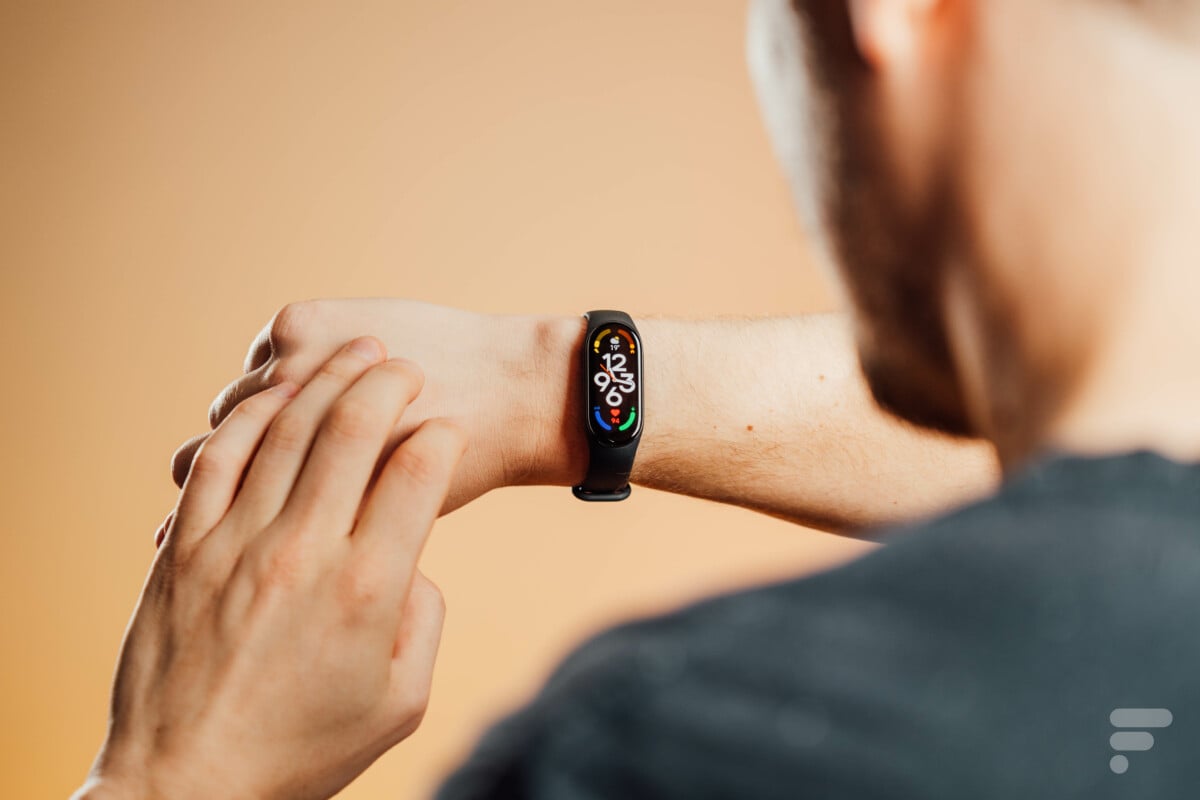
The key is then to determine from how many steps taken during the day these benefits are felt. For adults aged 18 to 64, the WHO makes several recommendations. The main one – and the simplest to implement – consists of “devote at least 150 to 300 minutes per week to moderate-intensity endurance activity“. Concretely, this means 21.5 to 43 minutes per day of moderate activity, such as walking.
If we were to convert this value of 300 minutes of walking per week – taking into account a high cadence of 120 steps per minute to maintain a “moderate intensity» — we would arrive at a value of 5142 steps per day, therefore much lower than the WHO recommendation. A figure corroborated by a scientific meta-analysis published in the scientific journalEuropean Journal of Preventive Cardiologyin August 2023. Based on 17 previous studies for a total sample of more than 225,000 people, the researchers were able to demonstrate “a significant association between the number of steps per day and the reduction in causes of mortality with a significant reduction from 3867 steps per day“.
However, this is just a basic recommendation and the WHO also encourages:increase the practice of a moderate-intensity endurance activity to more than 300 minutes […] to obtain additional health benefits“. Above all, the World Health Organization invites adults to “strive to exceed recommended levels of moderate-to-vigorous intensity physical activity to reduce the harmful effects of a high level of sedentary lifestyle“. It is therefore advisable to exceed these 300 minutes of activity per week to, why not, reach these 10,000 steps each day.
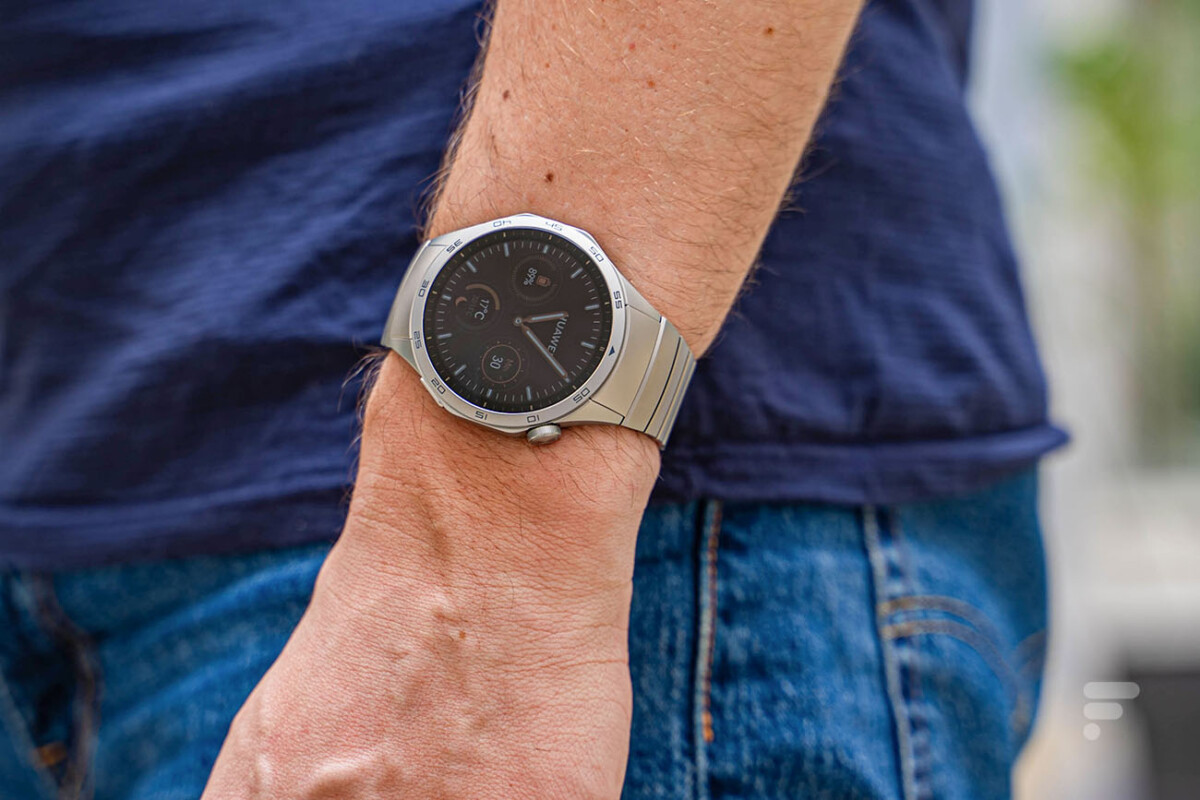
Finally, more than a certain number of steps taken each day, it is more regular activity which will be a source of benefits for health and the body by increasing your energy expenditure and increasing cardiovascular performance. Most watch or bracelet manufacturers now allow their users to set their own daily step goal.
Others, like Garmin, will automate this goal based on the steps taken over the last few days, to ensure that the goal remains realistic, but still increases slightly each day.
10,000 steps per day, how far in km is that?
Obviously, not everyone accurately counts the number of steps taken during the day. And if bracelets, connected watches or smartphones equipped with gyroscopes or accelerometers now allow us to count these steps for us thanks to their pedometer functions, not everyone necessarily activates this option.
To know the distance to cover to reach these 10,000 steps, simply perform a simple calculation: the distance covered with each step multiplied by 10,000.

When walking – since this is the main recommendation – the length of a step will depend on several criteria, in particular the size of the person or the speed. On average, the length of an adult’s step usually ranges from 50 to 80 cm. Taking the median value, 65 cm in length, we can therefore conclude that, to respect the recommendation of 10,000 steps per day, a distance of 6.5 km would have to be covered daily.
What daily walking distance does the WHO recommend?
For its part, the World Health Organization recommends “150 to 300 minutes per week of moderate-intensity endurance activity“. If we take an average walking pace of 5 km/h, this would therefore be equivalent to a distance of between 12.5 and 25 km per week, or between 1.79 and 3.57 km of walking per day. We are therefore far from the distance of 6.5 km resulting from 10,000 steps per day. However, this is a simple recommendation that just needs to be “exceeded» by the WHO’s own admission.
How long does 10,000 steps a day take?
Another way to convert this number of steps taken each day is to analyze it in terms of walking time during the day. To do this, you just need to know the cadence, that is to say the number of steps covered each minute.

On average, an adult will walk at a pace of between 60 and 120 steps per minute. Again, it will all depend on the size of the person or their speed. Let’s take the median value of 90 steps per minute. Walking 10,000 steps during the day is therefore equivalent to walking for a total of 111 minutes, or 1 hour 51 minutes per day. More precisely, for a person with a cadence of 60 steps per minute, we arrive at 2h46. For a person who walks faster, with a cadence of 120 steps per minute, this is equivalent to 1 hour 23 minutes.
How much daily walking time does the WHO recommend?
We can therefore get closer to the recommendations formulated by the WHO in October 2022. For an adult, as we have seen, the World Health Organization recommends “150 to 300 minutes per week of moderate-intensity endurance activity” Or “75 to 150 minutes of sustained intensity endurance activity“. Walking being a medium intensity activity, we therefore arrive at a maximum of 300 minutes each week, or 42 minutes per day. A recommendation well below the figure of 1h23 deducted from 10,000 steps. However, here again, the WHO advises exceeding this threshold in order to “to reduce the harmful effects of a high level of sedentary lifestyle“.
How to do 1000 steps a day?
Today, you no longer need to buy a pedometer to measure the number of steps you take during the day. Of course, there’s also no point in counting steps, since some of your most common devices do them for you.
On smartphones, there are many applications that will take advantage of the integrated gyroscope and accelerometer to count the number of steps you take each day. The best known are undoubtedly Google Fit on Android and Health on iPhone.
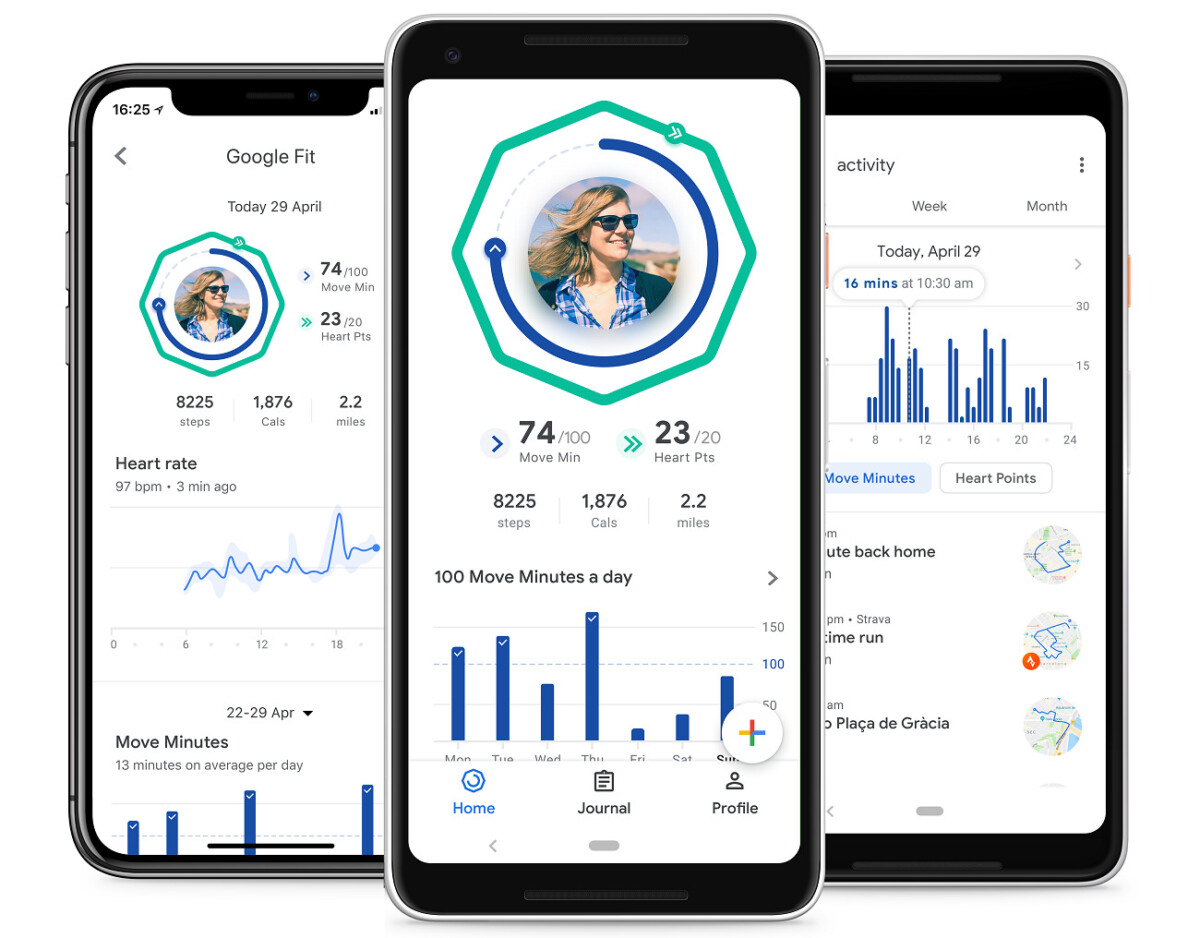
The problem with the smartphone is that you don’t necessarily always have it with you. To compensate, connected watches and bracelets are an effective solution for counting the number of steps taken. They too are generally equipped with an accelerometer and a gyroscope allowing movements to be analyzed and converted into steps taken.
To help you choose best, we recommend several models in our guides to the best connected watches and the best connected bracelets.
Finally, connected rings are gradually arriving on the market with several established players — Oura, Ultrahuman, Circular, etc. — and others expected in the coming months, like Samsung. These rings, oriented towards the health of the user, also make it possible to count the steps taken.
Obviously, these devices are far from perfect and it happens that a watch confuses brushing your teeth for a sprint or a few turns of a spatula in a pan for jogging, but you will have understood: the idea does not is not necessarily to achieve the absolute objective of 10,000 steps per day, but simply to be able to count, on a daily basis, the activity carried out to strive to do better the next day.
